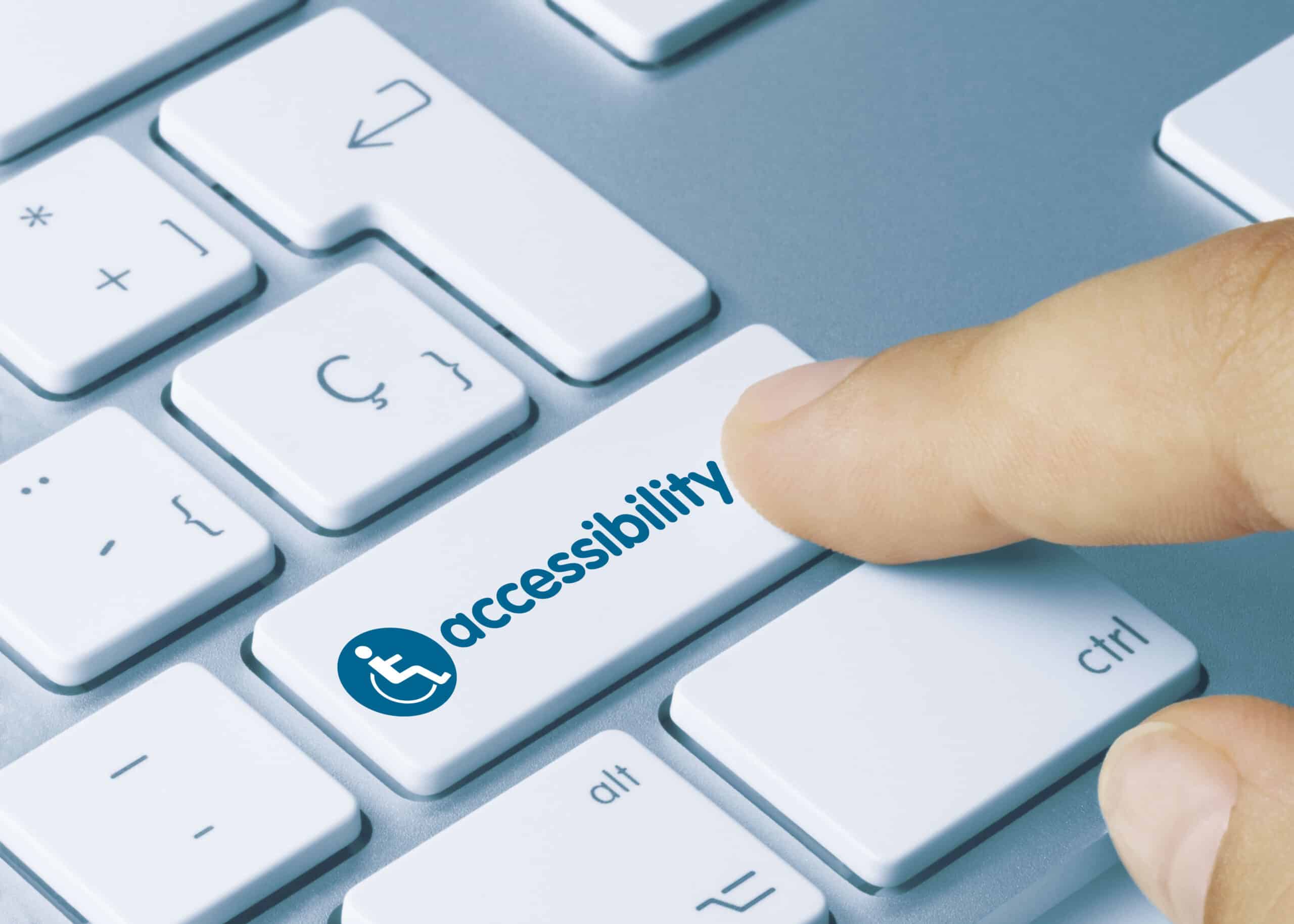11 Feb What does it take to move a course online?
As technology advances and educational approaches evolve, many instructors are facing demands to transition to an online curriculum. Stepping outside the classroom and behind a computer screen might feel daunting to some seasoned teachers. Most are accustomed to standing in front of a class and...







